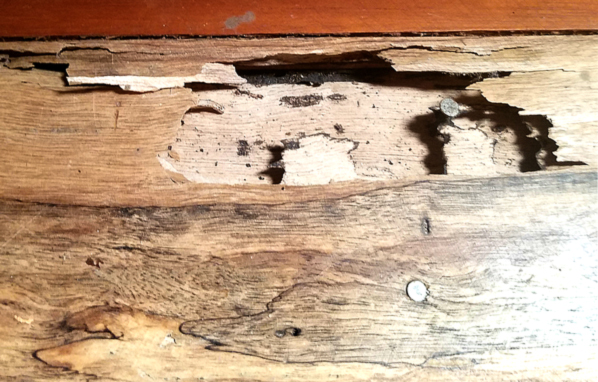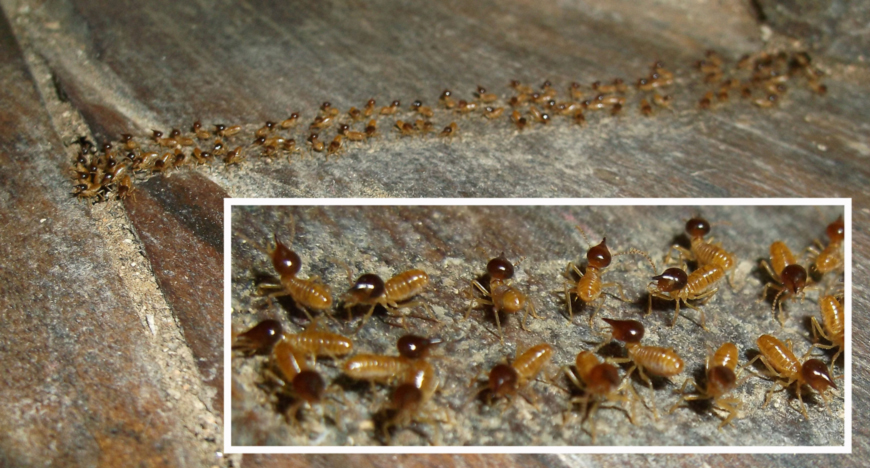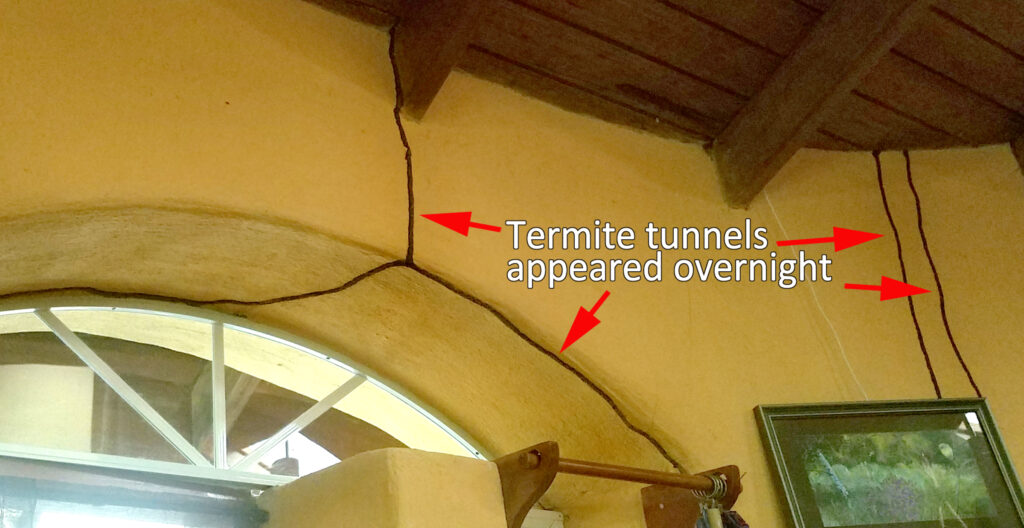
If you have a house at BIB (or anywhere in the tropics) and you don’t live in it all the time, you must take proactive steps to make sure it doesn’t crumble and slump into the abyss under the mass assault of rain, humidity, hot sunshine, insect infestations, storms, flooding, overhanging or upthrusting vegetation, fire, wet and dry rot and mildew, and small specific maladies such as falling water levels in solar batteries. Not to sound alarmist or anything….
If you live in that house daily, you will catch these things before they have a chance to become problems, and because you live in this incredibly beautiful place on earth, complete with balmy climate, and good friends, you won’t be too upset with issues that present themselves one by one. But if you aren’t around, they can quickly render a dwelling unlivable. The Mayans built STONE temples and cities in Belize a mere 1000 years ago, and most of those constructions are just overgrown lumps in the jungle now.
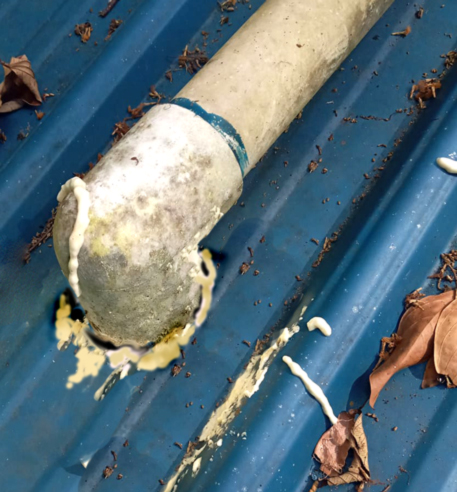
In the subtropics, a building deteriorates swiftly without supervision. Termites can take over and establish a base in a matter of days. Within weeks they are able to do substantial damage that can take thousands of dollars to mitigate. A falling branch hitting a roof can poke a hole or stretch a seam to allow rainwater to seep in and do substantial damage to ceilings, walls and floors. Overhanging branches can fall and break solar panels. Seals around pipes can deteriorate in sunshine to allow rainwater to flow in around them. Gutters can fill with debris and dam up water to run in under eaves. Storms can wreak further damage. And so forth, ad infinitum. Buildings MUST be cared for or everything will fall apart.
So if you expect to have an inhabitable house to return to after even a few months’ absence, appoint a trusted caretaker to look after it for you — someone you can trust with your belongings and who will observe and care for your house as required. Keep open lines of communication to make sure they understand and can do what you want, and so they will feel free to tell you what attention your house requires.

Before hiring, get references from people who have employed the worker, to make sure that he or she has a reputation for honesty, will not skimp their responsibilities, will deal with things that need attention without supervision, and will care for your house as you hope,. Some owners ask their workers to send regular before and after cellphone photos of fallen limbs and the cleanup results, termite infestations and their removal, rotten woodwork and its replacement, etc. This shows the owner what needs attention, keeps the lines of communication very clear, and the owner can request certain actions, then see whether each situation is dealt with professionally.
The following information has been gleaned from discussions with workers who maintain houses, yards, and landscaping. You will get the best results if you pay close attention to these findings.
Some homeowners like to portion out or divide up work to provide jobs for numerous workers in the community. While that is a laudable impulse, it can have unexpected and unfortunate consequences.
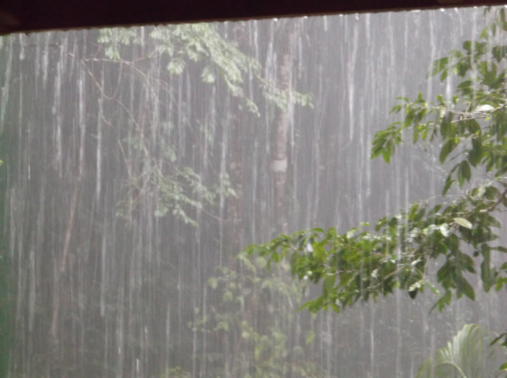
For instance, if you hire two caretakers to work in the same space and an item disappears, both may fall under suspicion. The reputation of a trustworthy worker could be tarnished by one who is tempted to steal, since no one can say for certain who did it. Both workers know this, which breeds discontent and mistrust. (By the way, sometimes neither one of them took the item – it just slipped behind the couch. It’s important for an employer to allow for occasional accidents. In fact, tell the worker that if something gets broken, they should snap a cellphone photo to show that it broke and wasn’t lost or taken. Most workers have cellphones, or access to them.)
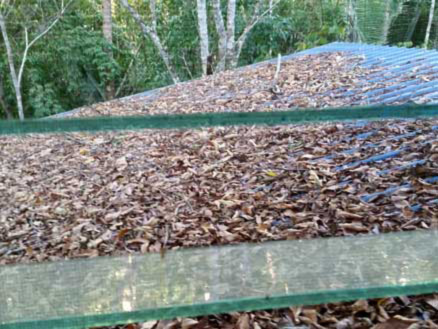
Additionally, if you hire a second person to share a job at a later date without first consulting with the first person you hired, the first worker is likely to feel that you are dissatisfied with their work, don’t trust them, or don’t feel confident in their capabilities. Additionally, you’ve just given part of their future income to someone else. There can be disagreement over how to do the job. And there is always the possibility that one of the workers will sabotage the other in order to get the job all to themselves.

So if you hire people, make sure each is the sole worker in an area. For instance, hire one person to do landscaping on the property, and another to do house maintenance such as cleaning, termite checks and treatment, watching for leaks, cleaning leaves and seedling trees from gutters, etc. This avoids disagreements as to who does what, when and how. Some experienced workers can take on all the jobs themselves and will hire trusted relatives or friends when larger tasks loom. Married couples can often take on both inside and outside jobs for an employer.
Setting up a maintenance schedule
Ideally, a house would be lived in year-round. If not, It should be checked weekly. However, a monthly check is what most people choose in order to get the most bang for their buck.

How much will it cost? As of March 2021, an owner with a medium-sized, one-story house can find someone to do the following maintenance one time each month for about $250bz/mo, (a larger or two-story residence would cost more, as would a residence that is in the lower part of BIB, requiring 4WD or strenuous walking to reach it. Cleaning roofs and gutters costs extra because of the danger and difficulty). For your $250 the worker should:
1. check for termites, treat with termite chemicals to stop/control infestation (they may return, but will be re-treated – it’s a never-ending battle)
2. dust and sweep entire building to avoid buildup of dirt which stains and mildews due to the humidity
3. oil woodwork and any cabinets which require attention
4. do a visual search for leaks from roof and around pipes
5. light yardwork: raking, chopping weeds, cleaning away fallen branches, trimming back shrubbery.
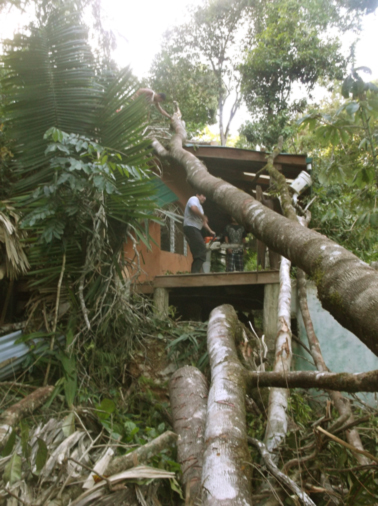
If broken down into US dollars, that is only $125/mo. This monthly treatment will require 16 to 20 hours of labor, which comes to $8 to $6.25usd per hour. That is a fair price for labor, especially considering what will happen to your house if you don’t take care of it the way this humid, tropical environment requires. That’s just a sample and a guide. You can request different tasks and arrange your own payments with the individual worker.
Don’t automatically choose the worker who quotes you the cheapest price. Experienced workers charge more, but are well worth it in terms of results, reliability, and competence.
Be prepared to pay your workers immediately – Western Union is the preferred method. Many workers live paycheck to paycheck, and if you delay paying, they can run into financial problems. Additionally, you will get a reputation for paying late and as a result will only be able to hire those who are novices at the job, or who don’t have good references. For the sake of your property, pay well and on time. A loyal maintenance worker is a jewel beyond price.
The following is a partial checklist of maintenance (suggested by absentee homeowners):
Items needing frequent inspection and maintenance
~Check for and treat termite and ant infestations inside and outside buildings.
~Report and repair damage from falling limbs/trees.
~Report/seal leaks in structure roof.
~Check for cistern leaks.
~Seal access holes made by rats, opossums, etc.
~Prevent mildew stains on walls and woodwork due to accumulated dust/humidity.
~Report and repair/prevent rain and moisture damage due to dry and wet rot.
~Check and deal with miscellaneous problems: gutters fall off, windows warp, etc.).
~Check water level in solar batteries monthly.
~Make sure rainwater is properly collected in cisterns during wet season for use in dry season.
~Schedule deep cleaning to prepare for guests or owner’s arrival, and/or showing of house for rental or sale.
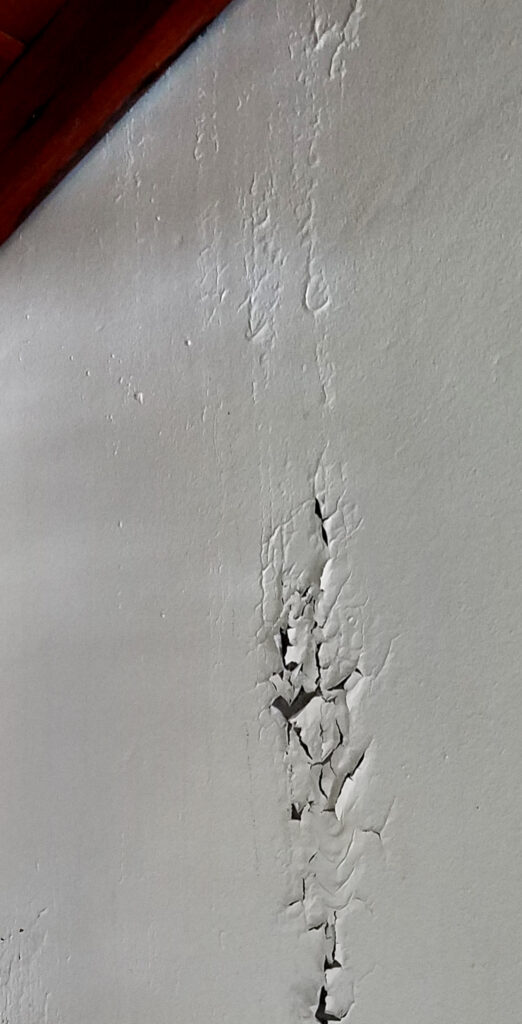
Landscaping tasks
~Remove weeds and overgrowth disrupting driveway and walks.
~Trim/remove encroaching trees and shrubs.
~Chop fire breaks around buildings.
~Rake and remove fallen leaves from roofs, gutters, and firebreaks.
~Remove branches/trees that pose a danger to structures.
~Cut and stack or remove fallen branches/trees littering grounds.
~Care for new landscape plantings.
~Water landscaping during dry periods.
Structural repairs and additions
~Remove and replace rotted wood structures.
~Add improvements and changes.
~Seal leaks.
Engine checks (vehicles, generators, pumps, etc.).
~Start once per month and run awhile.
~Check vehicle fluids, battery, tires on vehicles.
~Drive vehicle to keep systems functioning properly.
